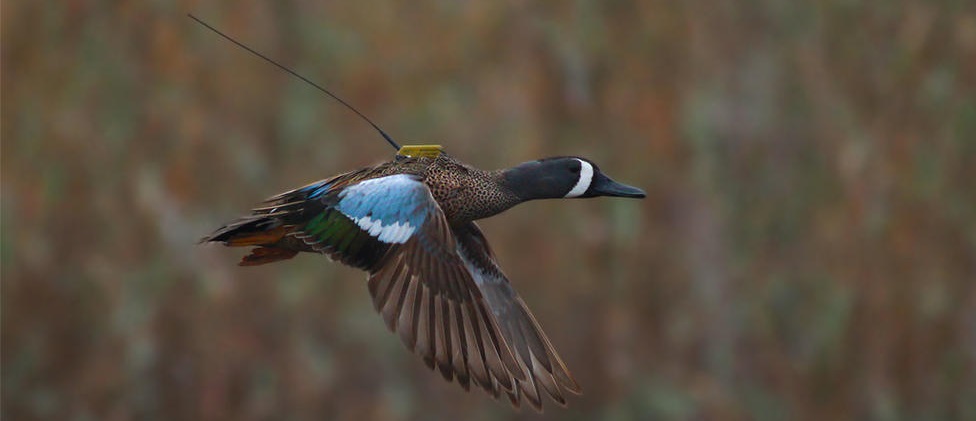
Nov 17, 2021 | Birds, News, Wildlife Monitoring
Wild migratory waterfowl such as blue-winged teals are known host of avian influenza. They can contaminate poultry which in turn develop highly contagious poultry diseases, some rare times affecting human population. Being able to monitor more closely the poultry when...
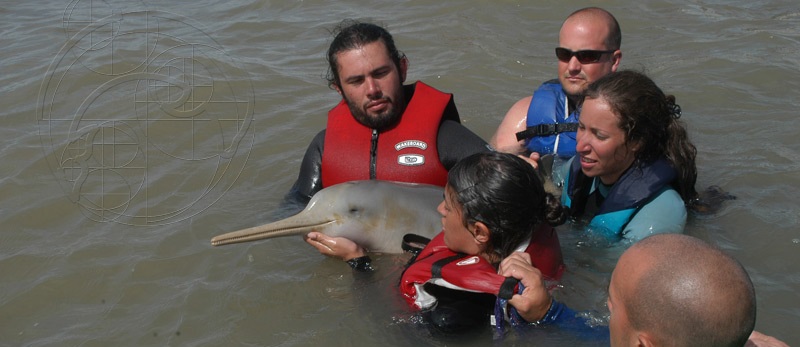
Nov 2, 2021 | Marine Animals, News, Wildlife Monitoring
Franciscana dolphins are small cetaceans living along the South American coast. They are threatened, in particular from anthropogenic activities, including fishing gear. Argos can help to better assess their home ranges and behaviors, which should help in protecting...
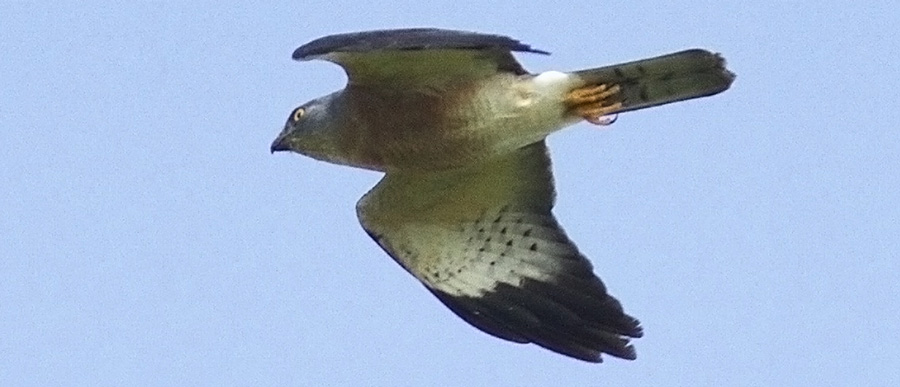
Oct 19, 2021 | Birds, News, Wildlife Monitoring
Chinese and Japanese sparrowhawks are migratory raptors from East Asia. They migrate from Russia and China to Indonesia and other islands nearby. Understanding their migration routes, stopover sites and wintering grounds will help better protect them. Chinese...
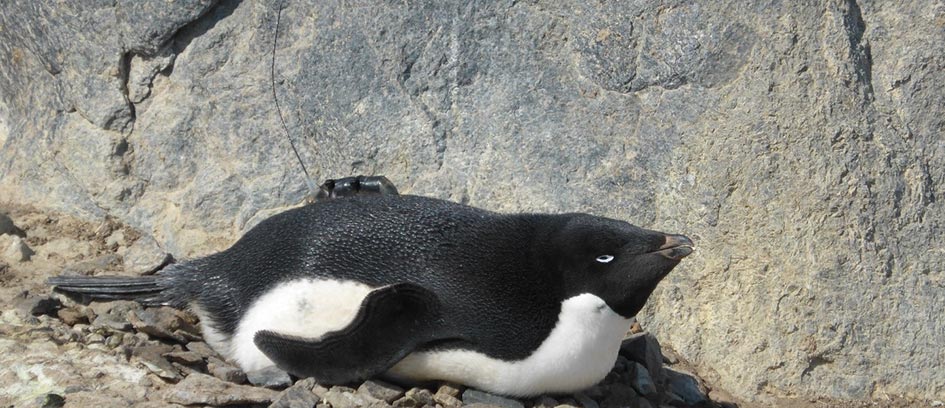
Oct 7, 2021 | Marine Animals, News, Wildlife Monitoring
Adelie penguins live and breed around Antarctica. As with all penguins, they forage in a three-dimensional environment, ranging horizontally at-sea and diving vertically to capture prey. A recent study analysed the relationship between horizontal and vertical...
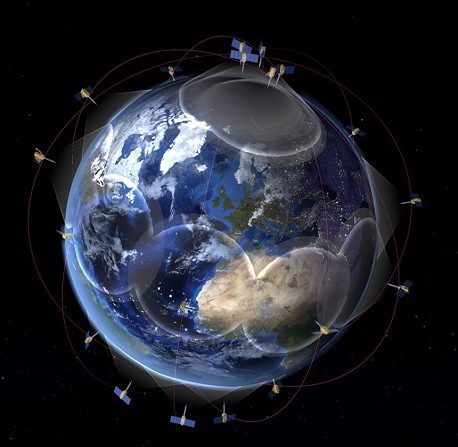
Sep 22, 2021 | Hardwares, Herding, News, Oceanography, Meteorology, Hydrology, Climatology, Pollution, Smart Agriculture, Wildlife Monitoring
Kinéis, 25 nanosatellites carrying the metamorphosis of the Argos system is on its way. Our first Kinéis constellation update was earlier this year where we went backstage with Michel Sarthou, Kinéis’ Chief Technical Officer. Now, a few months later, we’re back again...
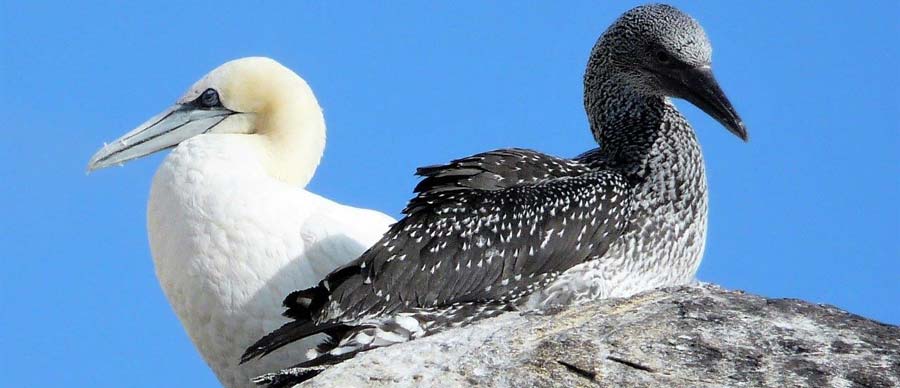
Sep 21, 2021 | Birds, News, Wildlife Monitoring
Juvenile northern gannets fledge independently from their parents. They are therefore required to learn flight and foraging skills and make an autumn migration on their own. Mortality in seabirds is high during their first year but when and why this mortality occurs...







